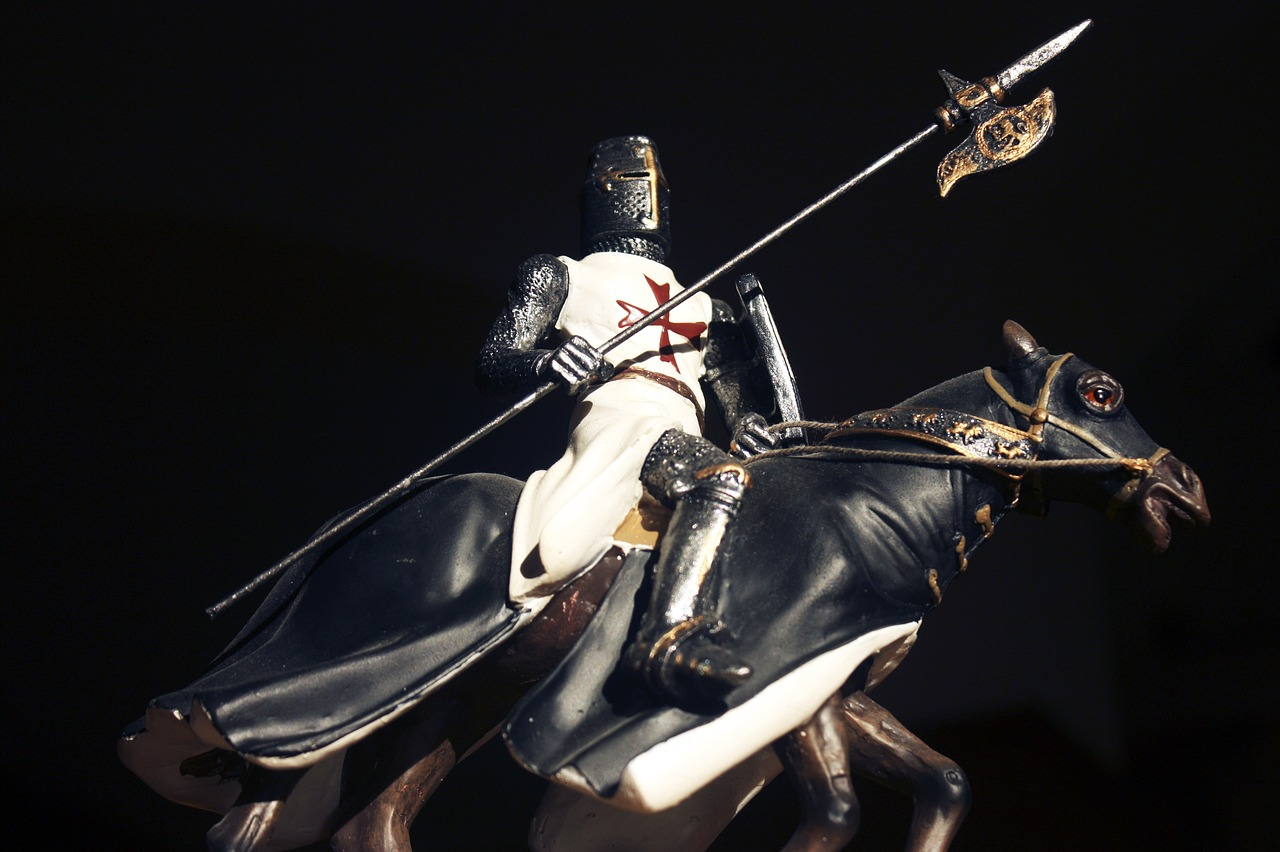Unit 8: Middle Ages in Europe (476-1400s) Overview
Unit 8: Middle Ages in Europe (476-1400s)

Unit 8: Middle Ages in Europe (476-1400s)

Unit 8: Middle Ages in Europe (476-1400s)
This unit emphasizes major factors in the fall of the Roman Empire and the influence this had on Europe. The unit also discusses the beginning of feudalism and how the Church affected the lives of individuals of this period.
People use the phrase “Middle Ages” to describe Europe between the fall of Rome in 476 CE and the beginning of the Renaissance in the 14th century. Many scholars call the era the “medieval period” instead; “Middle Ages,” they say, incorrectly implies that the period is an insignificant blip sandwiched between two much more important epochs.
The phrase “Middle Ages” tells us more about the Renaissance that followed it than it does about the era itself. Starting around the 14th century, European thinkers, writers and artists began to look back and celebrate the art and culture of ancient Greece and Rome. Accordingly, they dismissed the period after the fall of Rome as a “Middle” or even “Dark” age in which no scientific accomplishments had been made, no great art produced, no great leaders born. The people of the Middle Ages had squandered the advancements of their predecessors, this argument went, and mired themselves instead in what 18th-century English historian Edward Gibbon called “barbarism and religion.”
This way of thinking about the era in the “middle” of the fall of Rome and the rise of the Renaissance prevailed until relatively recently. However, today’s scholars note that the era was as complex and vibrant as any other.
The Middle Ages: The Rise of Islam
Meanwhile, the Islamic world was growing larger and more powerful. After the prophet Muhammad’s death in 632 CE, Muslim armies conquered large parts of the Middle East, uniting them under the rule of a single caliph. At its height, the medieval Islamic world was more than three times bigger than all of Christendom.
Under the caliphs, great cities such as Cairo, Baghdad and Damascus fostered a vibrant intellectual and cultural life. Poets, scientists and philosophers wrote thousands of books (on paper, a Chinese invention that had made its way into the Islamic world by the 8th century). Scholars translated Greek, Iranian and Indian texts into Arabic. Inventors devised technologies like the pinhole camera, soap, windmills, surgical instruments, an early flying machine and the system of numerals that we use today. And religious scholars and mystics translated, interpreted and taught the Quran and other scriptural texts to people across the Middle East.
Unit Focus
- groups and individuals directly involved with Rome’s collapse third Crusade begins
- cultures of these groups and their influences on the fall of the Roman Empire
- reasons for the decline of Rome
- changes in Europe due to the fall of the Roman Empire
- origins of feudalism
- reasons why the Church played such a significant part during this period
- how the Church influenced thinking and behavior during the feudal period
Vocabulary
Lesson Reading
Videos and Interactives (Click on Images to View Content)

